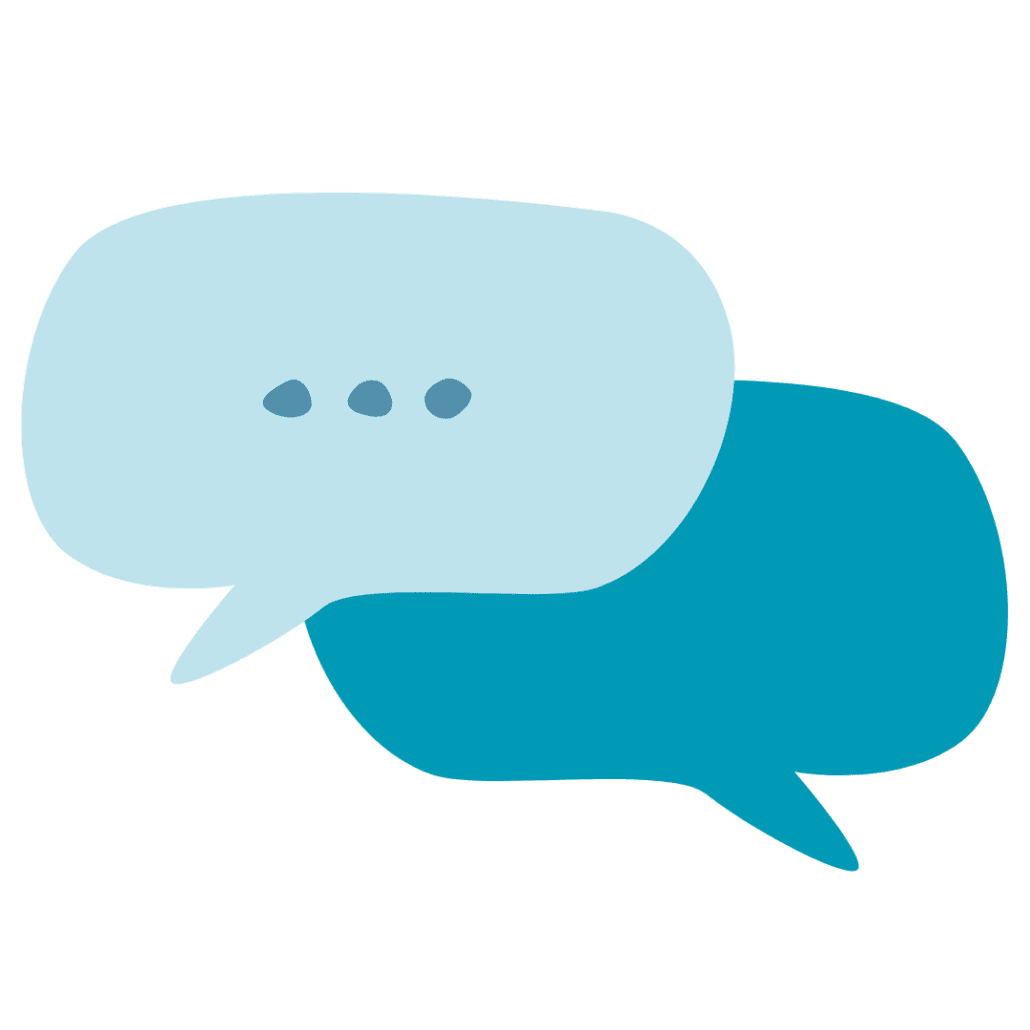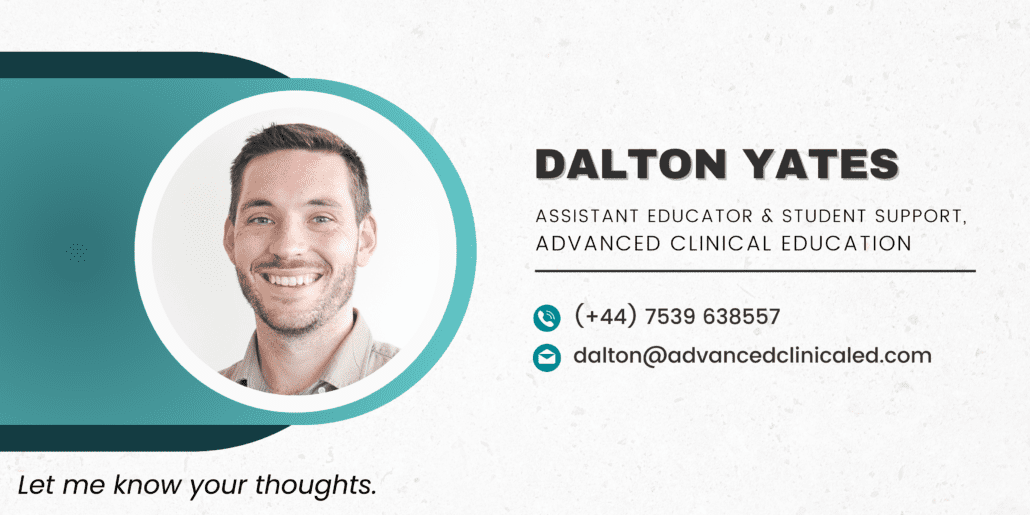Challenge your explanations
Clear communication is the fundamental basis of all clinical encounters. Each encounter can have a significant impact on our patients’ beliefs and expectations that can influence their quality of life. Additionally, our patient’s age, ethnicity, culture, training habits, and maybe most importantly, their levels of understanding and comprehension on health and literacy should be considered in each interaction.
It’s a very complex and arduous task for us to be able to understand all the relevant factors that influence our patients’ complaints and experiences. Most of us, having spent years in undergraduate training, have gone on to complete numerus hours of post-graduate study. All of which aids in building our understanding of the complexity of each individual clinical presentation. Importantly, our patients do not have background knowledge to have the same comprehension as we do. So, it is important for us to bridge that gap for our patients and not leave them behind in our conversations.
Interestingly, in the US, the average adult has the literacy skills of an eighth grader, whilst over 75% of educational material regarding healthcare is of a ninth grade or higher, up to the college level of literacy (Hersh et al., 2015).
Whilst Australian adults do score higher on the Programme for the International Assessment of Adult Competencies (PIAAC) for literacy skills than U.S adults, we still have just under 50% considered to have poor literacy skills from information collated by the PIAAC (2013).

The use of jargon also greatly changes a patients’ perception of their healthcare professional in both written and verbal language. Allen et al. (2023) found that the three most common themes reported by 205 volunteers for a doctor using medical jargon, and one using alternative non-jargon terms were ‘caused confusion, too technical, and uncaring’, versus ‘good communicator, caring/empathetic, and approachable’ respectively.
Communication is one of the greatest strengths that a therapist can utilise. I’ve lost count of the number of therapists I’ve heard say that
‘Yes, the extra study and clinical understanding has helped, but the one thing that’s improved my clinical outcomes the most is working on my communication skills.’
This comes from therapists I’ve networked with locally, listening to local and international presenters, and reading academics comments on the topic. It’s a universal truth that communication alone can improve clinical outcomes when used correctly. But it can also worsen your patients’ perspectives and outlook when not used as well.

In clinical practice, analogies can be used to help patients better understand clinical jargon. Analogies simplify complex topics using scenarios or stories that an individual can relate to.
Recently, I was speaking with a Psychologist in Australia, who worked with individuals in the armed forces. I shared the analogy I’d commonly use at the time. Living in Newcastle, most people often enjoyed a walk along the beaches in town with some areas along high cliffs. I’d state that pain is like a fence at the edge of a cliff. It’s not there because you have fallen over the edge and are now physically damaged, but as a warning and barrier to stop potential harm. In some cases, there might be influences that bring it further from or closer to the cliffs edge, stopping you from being able to enjoy the entire scenery, or having less resistance from falling towards harm. Her analogy was similar, but relevant to the armed forces personnel. Imagine someone manning the radar on base, birds flying overhead would often set off the alarm, so the radar was turned down to reduce the number of false alarms. Until one time, it’s an enemy plane that’s flown overhead undetected. After this, the radars sensitivity has been turned right up to never let anything pass over base without warning, even if it is just another bird.
These have a few important things in common – they’re relevant to the audience, understandable without the use of jargon or complex terms, and convey a consistent meaning. We can also easily relate these to how pain can have influences that change our responses and are not indicative of damage or harm.
We should consider our commonly used analogies, and challenge how a patient may interpret them.
Can they be taken negatively? Can these still be misunderstood? Are we taking the time to relate these to their presentation? Or, leaving them to join the dots themselves and further their confusion?
An analogy that has a nocebic influence for our patients’ beliefs and understandings could be –
‘The body is like a car. Things wear out, just like the tires or brakes that we eventually need to replace.’
We might have just been trying to de-threaten our patients’ beliefs relating to normal age-related changes and the symptoms that they’re experiencing. But in using a mechanical, non-adaptive example like a car, they might extend their thought to question the fact that they can’t just replace body parts as easily as the brakes of a car.
Mechanical analogies can be useful, but we need to be aware of taking the next step with our explanations by explaining that whilst the human body also experiences change with time, it is more complex than a machine and can adapt.
Challenging our own language can help to avoid nocebic impacts in clinical practice, leaving our patients with less misconceptions of what we meant in our explanations, and a better understanding of their health and experiences.


